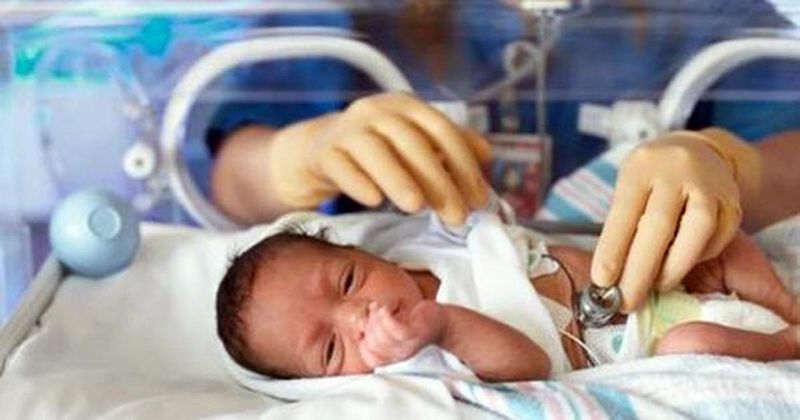Study provides 'reassuring' data on antenatal steroids for extremely preterm infants
Study findings published in JAMA Network Open provided evidence to support administering antenatal steroid therapy to pregnant people at risk for delivery at 22 weeks.
According to the results of the study, extremely preterm infants born after exposure to a full course of antenatal steroids had a higher likelihood of survival after their discharge and survival without a major morbidity.

The study was funded by the NIH’s National Institute of Child Health and Human Development and National Center for Advancing Translational Sciences.
Co-author Sanjay Chawla, MD, is a member of the departments of pediatrics at Central Michigan University and Wayne State University, and a physician at the Children’s Hospital of Michigan.

“Due to lack of robust evidence, guidelines for providing antenatal steroids at 22 weeks vary around the world,” Chawla told Healio. “Some countries have started using [antenatal steroids], some do not. Even its current practice in the U.S. is quite variable. Some centers do not routinely give it, and some consider it. Because you cannot have a randomized trial ... the best evidence we can get is from the observation studies. We wanted to get more evidence.”
Chawla and colleagues included 431 infants averaging 22.6 weeks’ gestation in the study, with 110 (25.5%) receiving no steroids, 80 (18.6%) receiving partial steroids and 241 (55.9%) receiving the complete antenatal steroids.
Of the infants exposed to complete antenatal steroids, 53.9% survived to discharge compared with 37.5% of infants with partial antenatal steroid exposure. The group with complete steroid exposure were also more likely to survive to discharge (adjusted odds ratio [aOR] = 1.95 [95% CI, 1.07-3.56]) and to survive without major morbidity (aOR = 2.74 [95% CI, 1.19-6.30]).
“We were happy to see the results. It was reassuring, especially when you are able to get complete corticosteroids retrospectively,” Chawla said. “In collaboration with our obstetrician colleagues and our neonatologist, I think it has potential to improve the outcome of these babies who are born at very high risk to reduce the risk of this complication as well as the potential to improve survival.”
